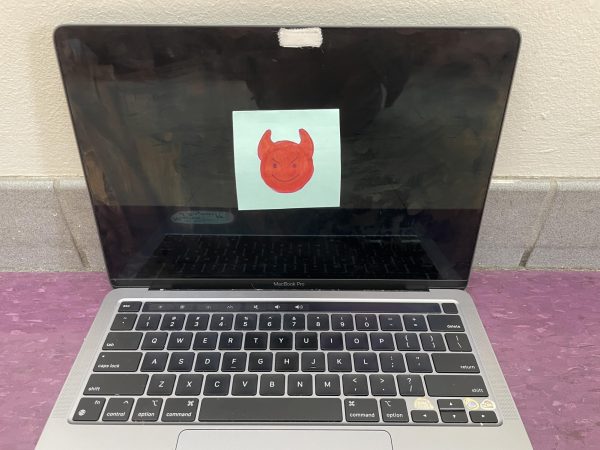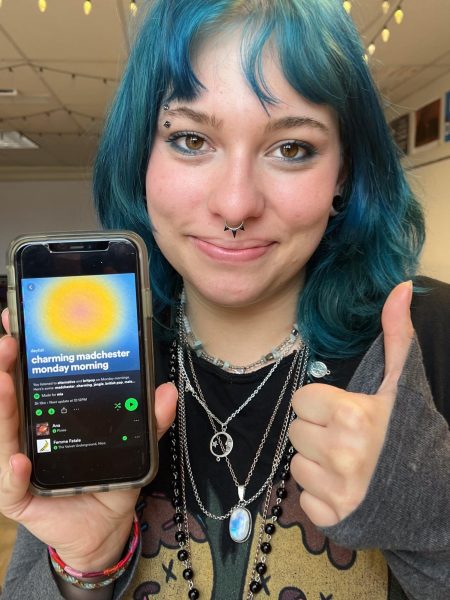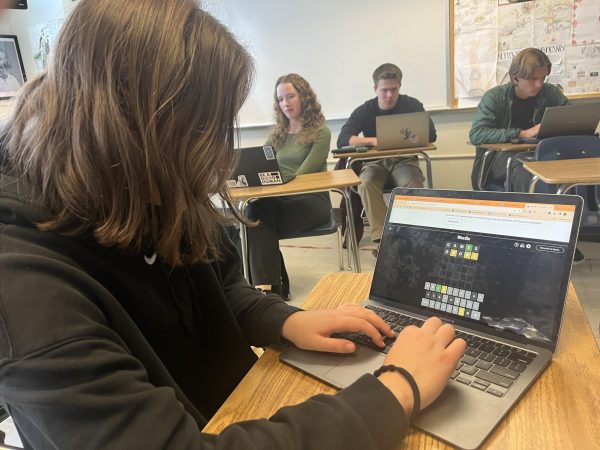Her Side of the Story
We Need to Talk About This
According to statistics provided by the National Sexual Violence Resource Center from 2010, one in five women and one in seventy-one men will be the victim of rape at some point in their lives. These statistics only inflate when considering the number of victims of college campus sexual assaults. While some may argue that these national statistics paint with too broad a brush to accurately represent the behavior in our community, one must only look up the Hill to CU Boulder where infamously “over 1 in 4 female CU students (28 percent) and 1 in 18 males (6 percent) experience rape or sexual assault as undergraduates on campus,” as reported by the 2015 Sexual Misconduct Survey. Before we dive too deeply into this topic, I remain adamant that false accusations of rape and sexual violence occur at such low rates that they are virtually insignificant statistics-wise and irrelevant to my coverage of this issue; I will not be addressing them further in this article.
We live alongside or as survivors of sexual violence in our own community. Yet because of the guilt and shame people often experience in the wake of such violations, victims almost always slink into the background of the case. This tends to put emphasis on the sensationalized media coverage of the criminal and can detract from the dignity of the victim, diminishing their role to an object, an accessory to the crime less than a victim of it. My previous installment in this ongoing conversation about rape culture, consent, and healthy sexual interactions in high school, We Need to Talk About This, is a personal disappointment. It highlights my proclivity to cover what is easy rather than what must be addressed.
Striving to bridge that gap, I present to you Her Side of the story. All those interviewed have spoken on the condition of anonymity. Their musings and narratives do not all concern the same person or events, but rather reflect the side of the story that many shoulder in silence.
“Of course I’ve experienced that, but it’s just boys being boys. And really, I don’t mind, it’s just sad to think about him doing it to our younger coworkers.” Her face remained blank as she spoke; we hadn’t started this conversation with the intention of any of it making it into the paper. This was just “normal.” I’d asked her how work had been, and she met me blow for blow with a description of a coworker groping fellow employees, free of consequences. “Why don’t you report him? If not for yourself, why not do it to protect those you work around?” Met with the answer that he’s simply too charming. A critical facet of the brand, an icon, the business would suffer to lose him.
I sat down this weekend to talk with some female students in the community, steeling myself to hear variations of the stories most women know all too well. In one interview, the girls I spoke with referenced how social events turn into spaces for strangers to anonymously molest anyone they collide with in the crowd. Whether it’s at a school dance or in the stands of a sporting event where anonymity permits all manner of misconduct at social events.
However, for many, things don’t end with mere groping. Some students may wind up in abusive or manipulative relationships that can have life-long impacts. I am brought back to a friend’s explanation of how she feels damaged and devalued in relationships due to her personal aversion to certain sexual acts, an aversion which stems from a previous sexually traumatic experience that a peer coerced her into. One man’s actions not only left her in temporary physical distress but had lasting ramifications on her psyche; he slipped away from the situation unaccountable and unscathed.
While some cases of sexual harassment or abuse involve strangers or mere acquaintances, within our school community many people know and work closely with their harassers and are deprived of justice and a comfortable environment. At a theater cast party I attended as a sophomore, I remember wandering into a quarantine room where one senior girl was in charge of keeping the drunker and more handsy upperclassmen away from the other students. At the time, I naively believed it to be a reflection of how the theater is intolerant of such behavior; I would come to find later that several of the older guys in the theater had fully assaulted their peers at previous cast parties. For years, they were allowed to continue to serve the department because they had made “honest mistakes” or possessed indisposable talent or whatever other excuses people produce to dismiss the severity of these situations. From my perspective, the message this sends is clear: assault is both normal and permissible. The man in question’s participation in the club, activity or sport is more valuable than the participation, safety and mental health of the victim. This message perpetuates a culture that asks the victim to minimize their own value for some nebulous “greater good.”
There’s a twisted irony that some of the memes that emerged in the wake of the Atkinson case breaking were authored by perpetrators of the same type of crime.
Scrolling through the good old ‘gram, my friend paused on a since-deleted post from a Boulder High student-run page. The post itself was tacky— mocking Fairview, its football team, and Atkinson—all in all, entirely forgettable. But it was her retort that sticks out most clearly in my mind: “What grounds do any of these guys have for saying these things? It’s not like they aren’t guilty of the same type of sh*t.” In that moment, it clicked that while memes may be a lighthearted icebreaker for a serious conversation, they can also be disruptive to actually reaching cohesive solutions for our community. Mocking the situation allows us to shirk our real responsibilities in these situations: holding peers accountable and providing survivors with support.
This article, these pieces in conjunction, this centerspread: they all aim to tackle a complex systemic issue, but they are nothing without a conclusion behind them and a call to action. Beginning with the resources the district is bringing into our schools such as MESA and PBJ, we hope to see changes to our fundamental approach towards sexual relationships as students. We strive to normalize a dialogue in our community about sexual abuse because while the stories of survivors are often harrowing to read, they are a real and important component of so many people’s lives.
Still, while glacial progress can be made through improvements to our sexual education curriculum, what can we as students do to change the culture? Well, starting by reading this article, you have unconsciously given your time to listening to victims. When you recognize and make an effort to understand the trauma that can befall any member of our school community, your support provides a model for emulation. In a time where incessant victim-blaming shames people into keeping these stories hidden and their trauma repressed, having someone listen with an open mind may be the first step on a journey of healing and recovery. Moreover, when you educate yourself on sexual violence and harassment, it may be easier to spot and intervene in a situation before it escalates to assault or rape.
You don’t have to remain complacent in the same system that teaches young women to place greater importance on maintaining the status quo than reaching out for help or defending the exploited. While it was the legal cases of Atkinson and English that brought these stories and this issue to renewed attention, change does not have to begin with arrests. When the next news media outlet spews the buzz-generating headline of the arrest of another high schooler, don’t get too caught up in the reactionary responses. Please don’t forget her side of the story.
National Sexual Assault Hotline: 1-800-656-4673
Safe2Tell Hotline: 1-877-542-7233
Moving to End Sexual Assault Hotline: 303-443-7300






